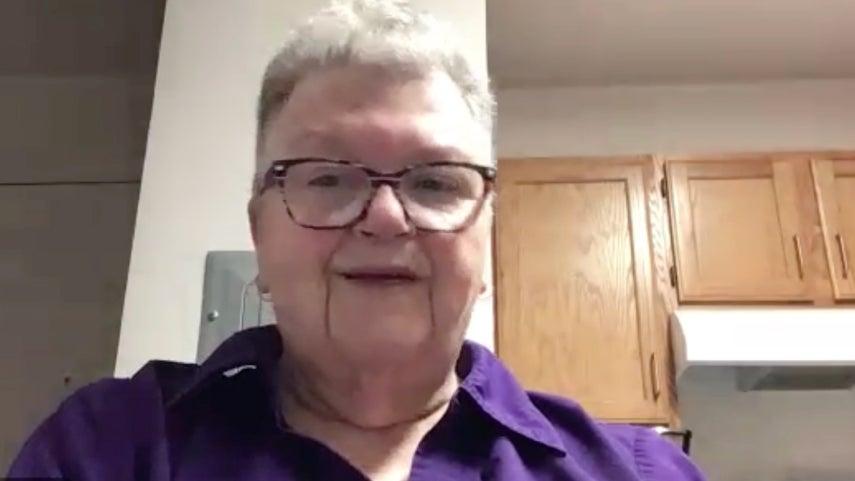
Related Topics
What is the true cost of growing older in America?
Knowing the answer to that question, and what resources are needed to prepare for the future, is a challenge faced by researchers, advocates, policymakers, social service providers, and individuals and families alike.
The Elder Index™ offers a tool to increase this understanding. The Elder Index present local expenses, savings requirements, and what incomes are needed to achieve economic security by family type, and at the city, county, and state levels.
What is the Elder Index?
The Elder Index was developed by the Gerontology Institute at the University of Massachusetts Boston with Wider Opportunities for Women (WOW), and is currently maintained through a partnership between the Gerontology Institute and NCOA. The Elder Index is a measure of the income that older adults need to meet their basic needs and age in place with dignity. The Elder Index is specific to household size, location, housing, and health status. It includes the cost of:
- Housing
- Health care
- Transportation
- Food
- Miscellaneous essentials
Anyone can use the database to find out how much is needed to be economically secure, by location and family type; compare expenses across locations and family types; download national, state, county and city index data; and access additional information on elder economic security. Use the Index.
The Elder Index vs. Medicaid eligibility
The COVID-19 pandemic has further highlighted the critical importance of programs like Medicaid, even while exposing how frayed our social safety net has become. Medicaid eligibility is based on the federal poverty level (FPL), which is based on the cost of a 1960 subsistence food budget adjusted only for inflation. Also, the FPL criteria:
- Do not typically account for age-related needs of older adults
- Do not account for geographic differences in the cost of living
- Ignore how expenditure patterns have changed over time
Medicaid eligibility criteria are widely recognized as being far too low and as excluding many people who not be "poor enough" to qualify for the program under current standards but have significant financial distress.
In contrast, the Elder Index, which was developed in 2006 and has ongoing updates and releases, summarizes how much it actually costs to live in the community.
The Elder Index is built around everyday expenses encountered by older adults and measures the income older adults require to meet their daily living expenses while staying independent in their own homes. it takes into account household size, geographic location, mortgage status, and health status when determining costs of living. It measures the income older adults need to meet their basic needs and age in place with dignity.
Our infographic shows the difference in the characteristics of the populations that would be eligible for public assistance based on the current Medicaid standard compared to those who would be eligible based on using an Elder Index standard.



